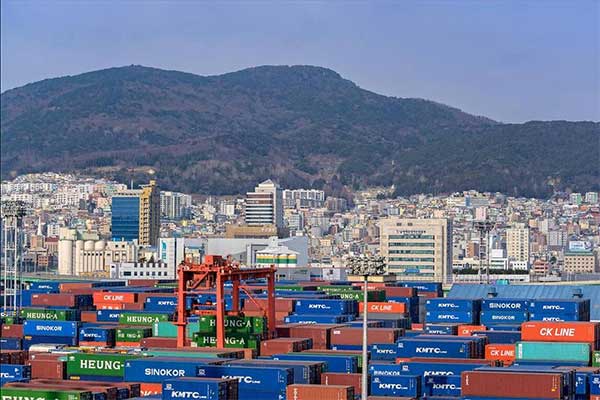
I. How to accurately position target markets?
Selecting target markets requires comprehensive consideration.Consumption habits, tariff policies, competitive landscapeThree key elements. Taking the latest 2025 data as an example:
- The European market
- U.S. annual import volume increased by 3.2%, but FDA certification requirements are stringent.
- The EU has increased the requirements for origin labeling to 12 items.
- Emerging Markets
- The average import tariff of the Association of Southeast Asian Nations has been reduced to 8.5%.
- New Electronic Traceability Requirements Added to Middle East Halal Certification
II. How to Ensure Product Compliance?
There are significant differences in international certification systems:
- ISO 22000 Food Safety Management System Certification (Globally Applicable)
- U.S. TTB (Alcohol and Tobacco Tax and Trade Bureau) filing
- EU CE Certification to Include Additional Heavy Metal Testing Parameters in 2025
Proposal to establishThree-level quality inspection system: Original bottle inspection → Pre-shipment sampling → Destination port re-inspection can reduce customs clearance risks by over 30%.
46. III. How to select optimal logistics solutions?
Select the mode of transportation based on the value of the goods:
- High-priced products (>$50/bottle)
- Air freight + constant temperature box, transportation cost accounts for approximately 18-25%.
- Regular products
- Sea freight full container load (FCL) + cold chain, with costs controllable at 7-12%.
Please note that the new IMO regulations for 2025 require refrigerated containers to be equipped with real-time temperature monitoring devices.
IV. How to Handle Complex Tariff Calculations?
Analysis of Tariff Structures in Key Markets:
- China: Comprehensive tax rate = 14% tariff + 13% VAT
- United States: Taxation based on alcohol content classification ($1.07-$3.15 per gallon)
- Australia: The China-Australia FTA agreement tariff rate has been reduced to 0%.
Recommend usingHS CODE Intelligent Matching System, it can reduce classification errors by over 95%.
V. How to Establish an Overseas Distribution Network?
Five core indicators for agent screening:
- Local storage capacity (at least 5,000㎡ of temperature-controlled warehouse)
- Number of distribution channels (proportion of supermarkets, catering, and e-commerce)
- Experience in operating similar products (≥3 years)
- Marketing budget (no less than 15% of sales revenue)
- Return and Exchange Handling Mechanism
VI. How to Address the Risks of Cultural Differences?
Special precautions and contraindications:
- Middle East market prohibits animal-derived packaging materials.
- India requires alcohol labels to indicate the production time.
- The Japanese JAS certification has special requirements for the fumigation of wooden crates.
It is recommended to introduce it during the product development stage.Localization consulting team, it can reduce the risk of cultural conflicts by over 40%.
7. How to Develop an Effective Promotion Strategy?
New Trends in Digital Marketing for 2025:
- The conversion rate of TikTok overseas live-streaming e-commerce has increased to 8.7%.
- The utilization rate of the blockchain traceability system has increased by 300%.
- The cost of AR wine tasting experience devices has dropped to $200 per set.
It is recommended toDigital marketing budgetIncrease to over 60% of the total budget.
8. How to Prevent Risks of Trade Friction?
Establish a three-tier early warning mechanism:
- Basic Alert: Subscribe to WTO Trade Policy Notifications
- Deep Monitoring: Procurement of Professional Trade Compliance Database
- Emergency Response: Maintain reserves in at least three national markets.
34. It is recommended to take out insurancePolitical risk insurance, covering over 80% of sudden losses.


 Follow Customer Service WeChat
Follow Customer Service WeChat